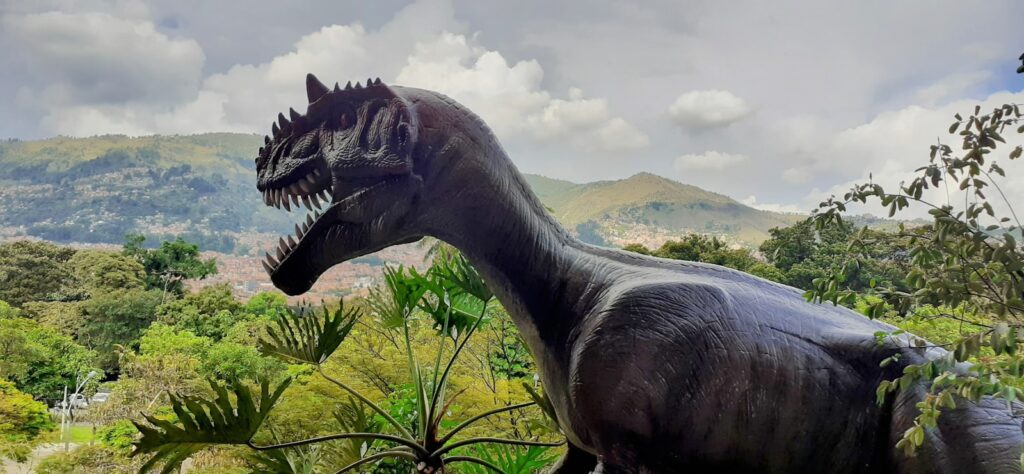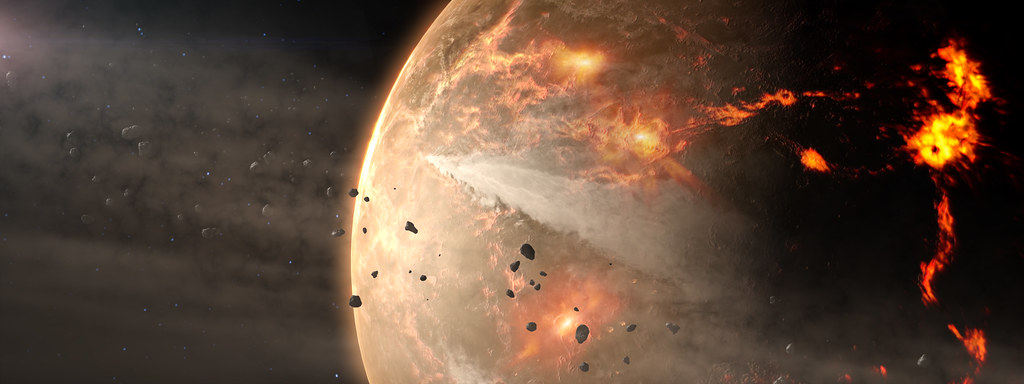Deep within the bustling metropolis of Chengdu, where modern skyscrapers pierce the sky and ancient traditions blend with cutting-edge technology, lies a treasure trove that transports visitors back 165 million years. The Chengdu Museum of Natural History stands as a testament to Sichuan Province’s remarkable prehistoric legacy, housing one of the world’s most spectacular collections of dinosaur fossils. This isn’t just another museum filled with dusty bones – it’s a time machine that reveals the epic story of creatures that once ruled the ancient landscapes of what is now southwestern China.
The Jurassic Playground of Ancient Sichuan

Imagine Sichuan Province during the Middle Jurassic period, when the region bore no resemblance to today’s mountainous terrain. Instead of towering peaks and rice paddies, vast floodplains stretched endlessly under a warm, humid climate. Rivers meandered through dense forests of primitive conifers and ferns, creating the perfect environment for dinosaurs to thrive.
The geological conditions that formed millions of years ago have become a paleontologist’s dream. Sedimentary layers in the Dashanpu Formation have preserved an extraordinary snapshot of Jurassic life, with fossils so well-preserved that scientists can study everything from massive sauropod vertebrae to delicate plant impressions. The museum’s exhibits showcase how this ancient ecosystem supported an incredible diversity of dinosaur species, from gentle giants to fearsome predators.
Gasosaurus: The Fierce Predator of the Jurassic
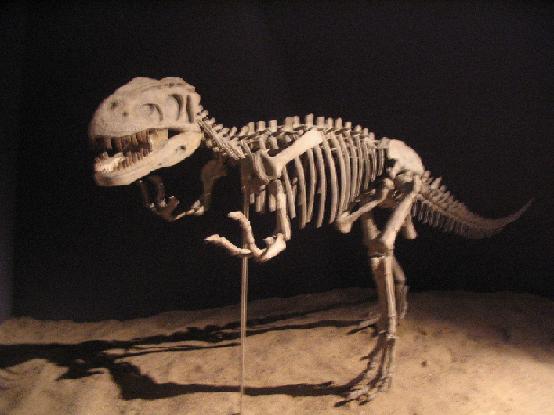
Among the museum’s crown jewels stands the fearsome Gasosaurus, a carnivorous theropod that once terrorized the ancient floodplains of Sichuan. This 4-meter-long predator, whose name means “gas lizard” after the gas company that funded its discovery, represents one of the most complete theropod skeletons ever found in China. Its razor-sharp teeth and powerful leg muscles tell the story of a supreme hunter that dominated its ecosystem.
The museum’s interactive displays allow visitors to understand how Gasosaurus moved and hunted, using cutting-edge technology to recreate its hunting strategies. Fossil evidence suggests these predators may have hunted in coordinated groups, revolutionizing our understanding of dinosaur social behavior. The preservation quality of the Gasosaurus specimens has enabled scientists to study muscle attachment points and bone density, revealing fascinating details about how these ancient killers lived and died.
The Gentle Giants: Shunosaurus and Its Massive Relatives
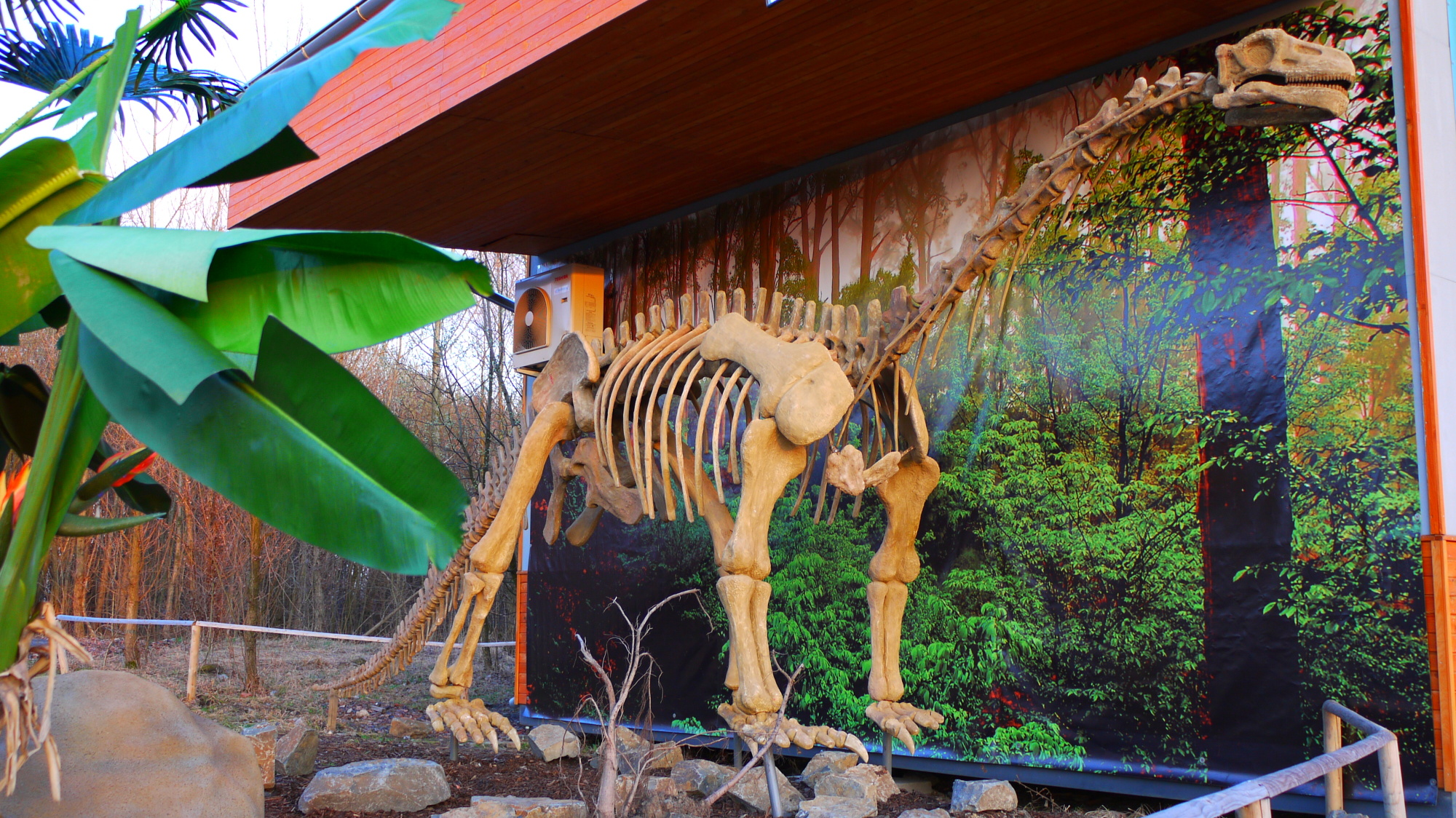
Standing in stark contrast to the fierce predators, the museum’s sauropod collection showcases some of the most magnificent herbivores ever to walk the Earth. Shunosaurus, measuring up to 15 meters in length, represents a unique evolutionary branch of long-necked dinosaurs that possessed an unusual weapon – a bony club at the end of its tail. This defensive adaptation, rarely seen in other sauropods, demonstrates the arms race between predators and prey in ancient ecosystems.
The museum’s full-scale reconstructions of these gentle giants create an awe-inspiring experience that leaves visitors speechless. Fossil evidence shows that Shunosaurus lived in herds, with young dinosaurs staying close to adults for protection. The wear patterns on their teeth reveal a sophisticated feeding strategy, stripping vegetation at different heights to minimize competition within the herd.
Revolutionary Discoveries: Changing Our Understanding of Dinosaur Evolution
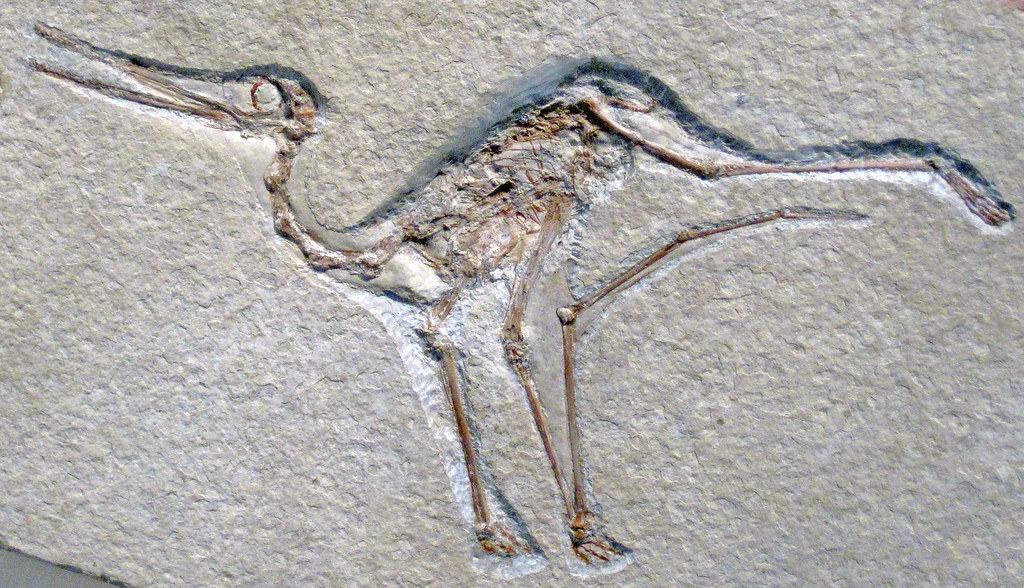
The Chengdu Museum doesn’t just display fossils – it showcases groundbreaking discoveries that have rewritten paleontology textbooks. Recent excavations in Sichuan have uncovered evidence of feathered dinosaurs, challenging the traditional view of these ancient creatures as scaly reptiles. The museum’s latest exhibits feature remarkable specimens that bridge the gap between dinosaurs and modern birds, showing the evolutionary transition that occurred millions of years ago.
One of the most significant discoveries featured in the museum involves dinosaur eggs with preserved embryos, providing unprecedented insights into dinosaur reproduction and development. These fossils have revealed that some dinosaur species exhibited parental care behaviors similar to modern birds, sitting on nests and protecting their young. The preservation quality is so exceptional that scientists can observe cellular structures and even traces of original proteins.
The Art of Fossil Preparation: Behind the Scenes at the Museum
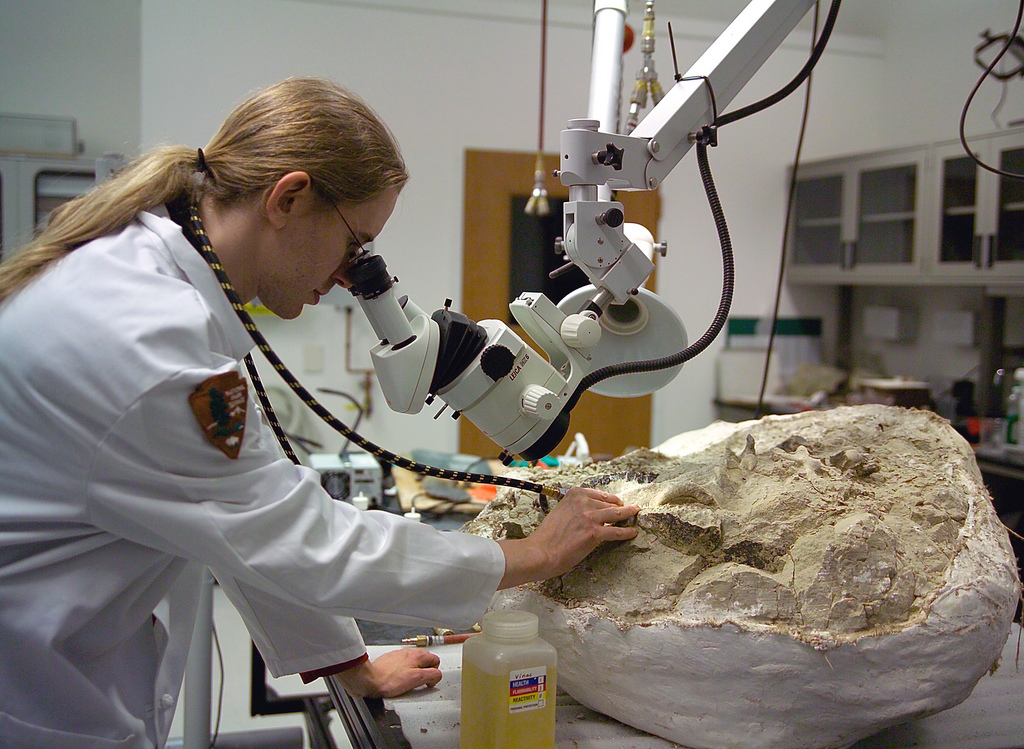
Beyond the polished exhibits lies a world of meticulous scientific work that brings these ancient creatures back to life. The museum’s preparation laboratories offer glimpses into the painstaking process of extracting fossils from rock matrices, often requiring months of careful work with specialized tools. Skilled technicians use everything from dental picks to pneumatic tools, removing sediment grain by grain to reveal bones that haven’t seen light for millions of years.
The museum’s CT scanning technology allows scientists to study fossils without damaging them, revealing internal structures and hidden details that traditional preparation methods might miss. This cutting-edge approach has led to discoveries of preserved brain tissue, stomach contents, and even evidence of diseases that affected dinosaurs. Visitors can observe this scientific detective work in action, watching as modern technology unlocks secrets from the deep past.
Interactive Adventures: Bringing Dinosaurs to Life
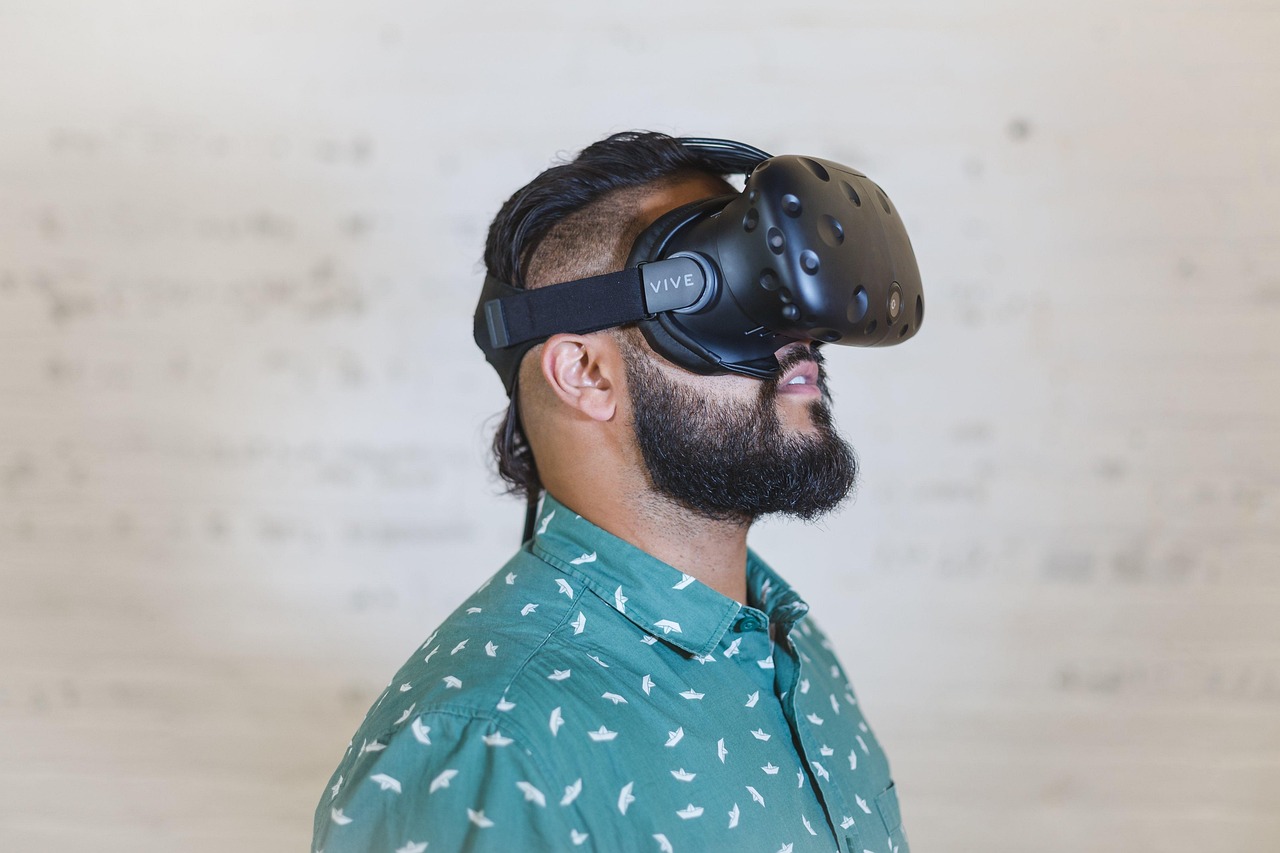
The museum’s commitment to engaging visitors extends far beyond static displays, incorporating virtual reality experiences that transport guests into prehistoric worlds. Through VR headsets, visitors can walk alongside massive sauropods, witnessing their daily behaviors and interactions with other species. The technology creates an immersive experience that makes the ancient past feel tangible and immediate.
Interactive dig sites within the museum allow children and adults to experience the thrill of discovery firsthand. Replica fossils buried in artificial sediment provide opportunities to practice paleontological techniques, while expert guides explain the scientific methods used in real excavations. These hands-on experiences often inspire the next generation of paleontologists, creating lasting connections between visitors and the scientific process.
Paleobotany: The Plant Kingdom of Ancient Sichuan
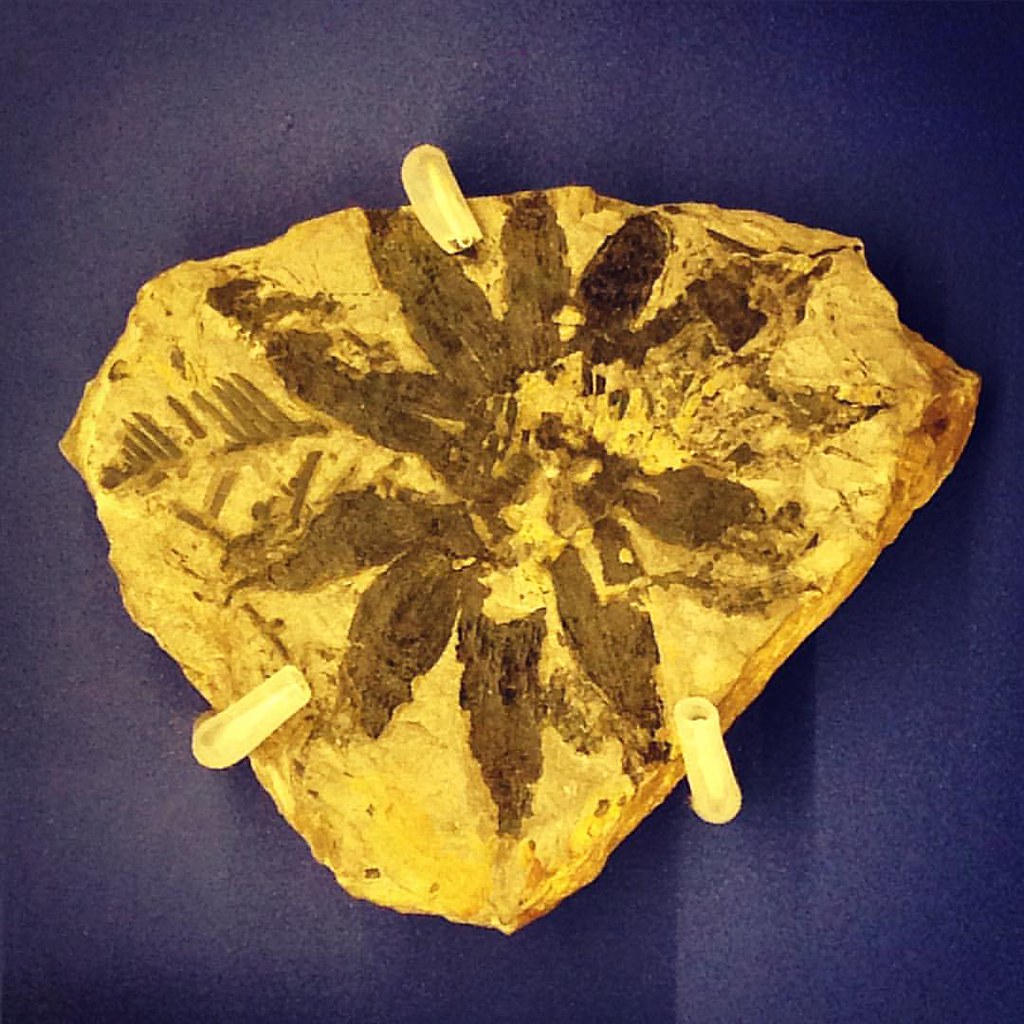
While dinosaurs capture most of the attention, the museum’s paleobotany collection reveals the rich plant life that supported these massive ecosystems. Fossilized remains of ancient conifers, ferns, and cycads paint a picture of lush, humid environments that provided abundant food sources for herbivorous dinosaurs. The preservation quality of these plant fossils is extraordinary, with some specimens showing cellular details and even evidence of insect damage.
The museum’s botanical exhibits demonstrate how plant evolution shaped dinosaur evolution, with certain species developing specialized feeding adaptations to exploit specific plant resources. Evidence suggests that the co-evolution of plants and herbivorous dinosaurs drove much of the diversification seen in both groups during the Jurassic period. Interactive displays show how scientists use fossilized pollen and wood to reconstruct ancient climates and ecosystems.
The Bone Wars: Competition and Collaboration in Modern Paleontology
The museum’s exhibits also explore the human side of paleontology, showcasing both the competitive spirit and collaborative nature of modern fossil hunting. The discovery of Sichuan’s dinosaur treasures involved international teams of scientists, often working under challenging conditions in remote locations. These expeditions have produced some of the most significant paleontological discoveries of the past century, fundamentally changing our understanding of dinosaur evolution and behavior.
Competition between research institutions has driven rapid advances in excavation techniques and analytical methods, while collaboration has enabled comprehensive studies of entire ecosystems. The museum celebrates both the individual heroes of paleontology and the team efforts that make major discoveries possible. Personal stories of dedication and perseverance inspire visitors to appreciate the human passion behind scientific discovery.
Climate Change Lessons from the Deep Past
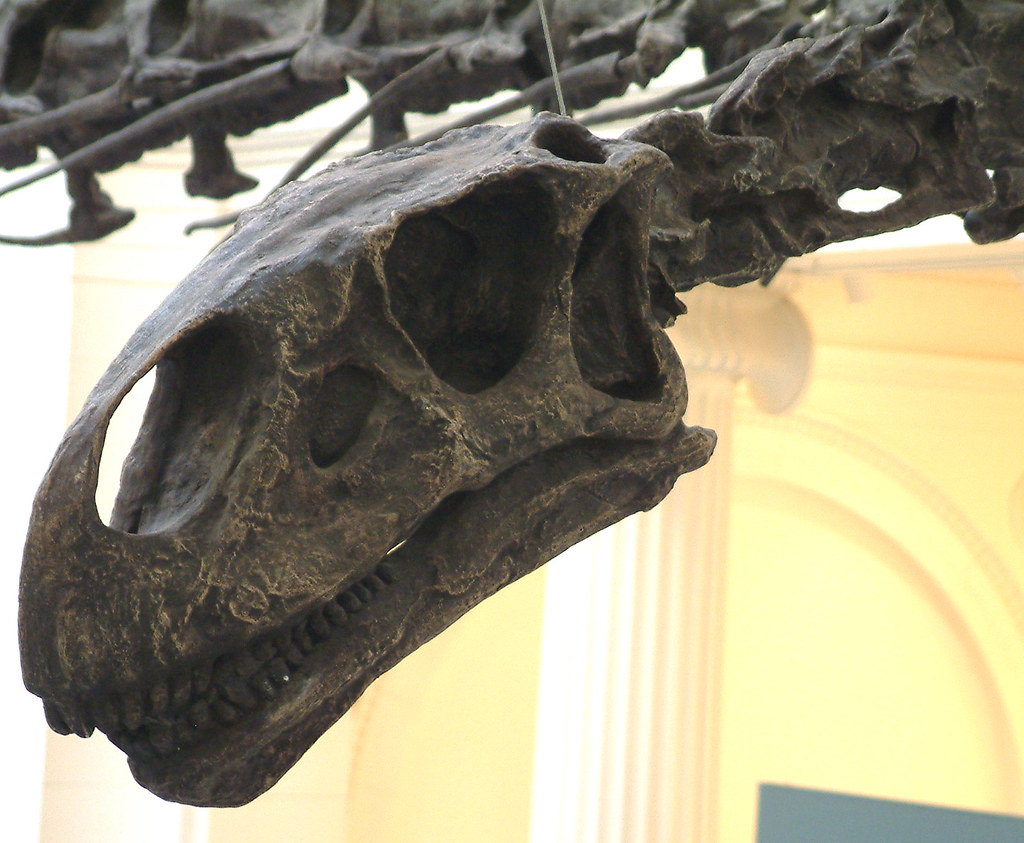
Perhaps most relevant to contemporary concerns, the museum’s exhibits explore how ancient climate changes affected dinosaur populations and ecosystems. Evidence from Sichuan’s fossil record shows how species adapted to changing environmental conditions, providing valuable insights into modern climate change impacts. The museum presents these connections without being preachy, allowing visitors to draw their conclusions about environmental stewardship.
Fossil evidence reveals periods of rapid climate change that led to mass extinctions, offering sobering reminders of environmental fragility. However, the exhibits also showcase the remarkable resilience of life, highlighting how species can adapt and evolve in response to changing conditions. These ancient lessons provide context for understanding current biodiversity challenges and the importance of conservation efforts.
Advanced Imaging Technology: Seeing the Invisible
The museum’s cutting-edge imaging capabilities have revolutionized the study of dinosaur fossils, revealing details invisible to the naked eye. Advanced CT scans can show internal bone structures, while electron microscopy reveals cellular-level preservation in exceptional specimens. These technologies have enabled scientists to study dinosaur physiology, growth patterns, and even behavior in unprecedented detail.
Synchrotron radiation has allowed researchers to identify original biochemical compounds in dinosaur fossils, providing direct evidence of ancient proteins and pigments. The museum’s exhibits showcase how these technological advances are transforming paleontology from a descriptive science into a field capable of detailed physiological studies. Visitors can observe some of these analytical techniques in action, witnessing how modern technology unlocks ancient secrets.
Conservation Challenges: Protecting Prehistoric Treasures
The museum faces ongoing challenges in preserving its invaluable fossil collections for future generations. Climate control, pest management, and chemical stabilization require constant attention and significant resources. The museum’s conservation laboratory works tirelessly to stabilize deteriorating specimens while developing new preservation techniques for recently discovered fossils.
Field conservation presents even greater challenges, as many fossil sites face threats from development, weathering, and unauthorized collecting. The museum actively participates in site protection efforts, working with local communities to balance economic development with heritage preservation. Educational programs emphasize the irreplaceable value of fossils in their original geological context, discouraging illegal collecting while promoting scientific research.
Educational Impact: Inspiring Future Scientists
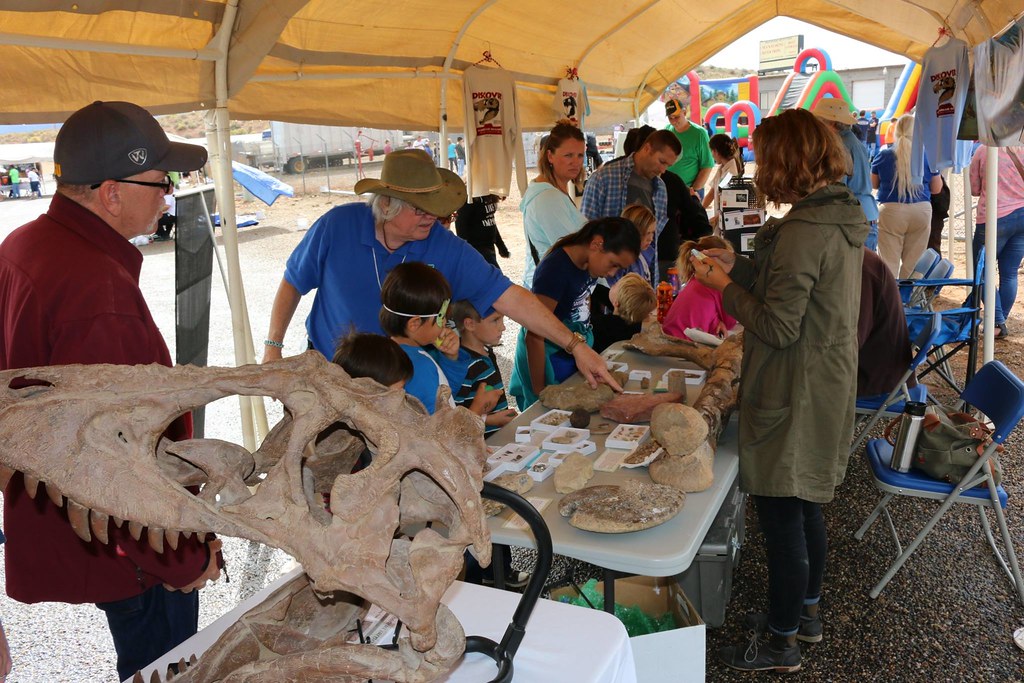
The museum’s educational programs reach far beyond its walls, inspiring countless students to pursue careers in paleontology and related fields. School groups regularly visit the museum, participating in hands-on activities designed to demonstrate scientific methods and critical thinking skills. These programs often spark lifelong interests in natural history and scientific inquiry.
University partnerships enable advanced research opportunities, with graduate students conducting thesis projects using the museum’s collections. International collaborations bring researchers from around the world to study Sichuan’s unique fossil record, creating a vibrant scientific community centered on prehistoric discovery. The museum’s lecture series and workshops provide continuing education opportunities for professional scientists and amateur enthusiasts alike.
Future Discoveries: What Lies Beneath
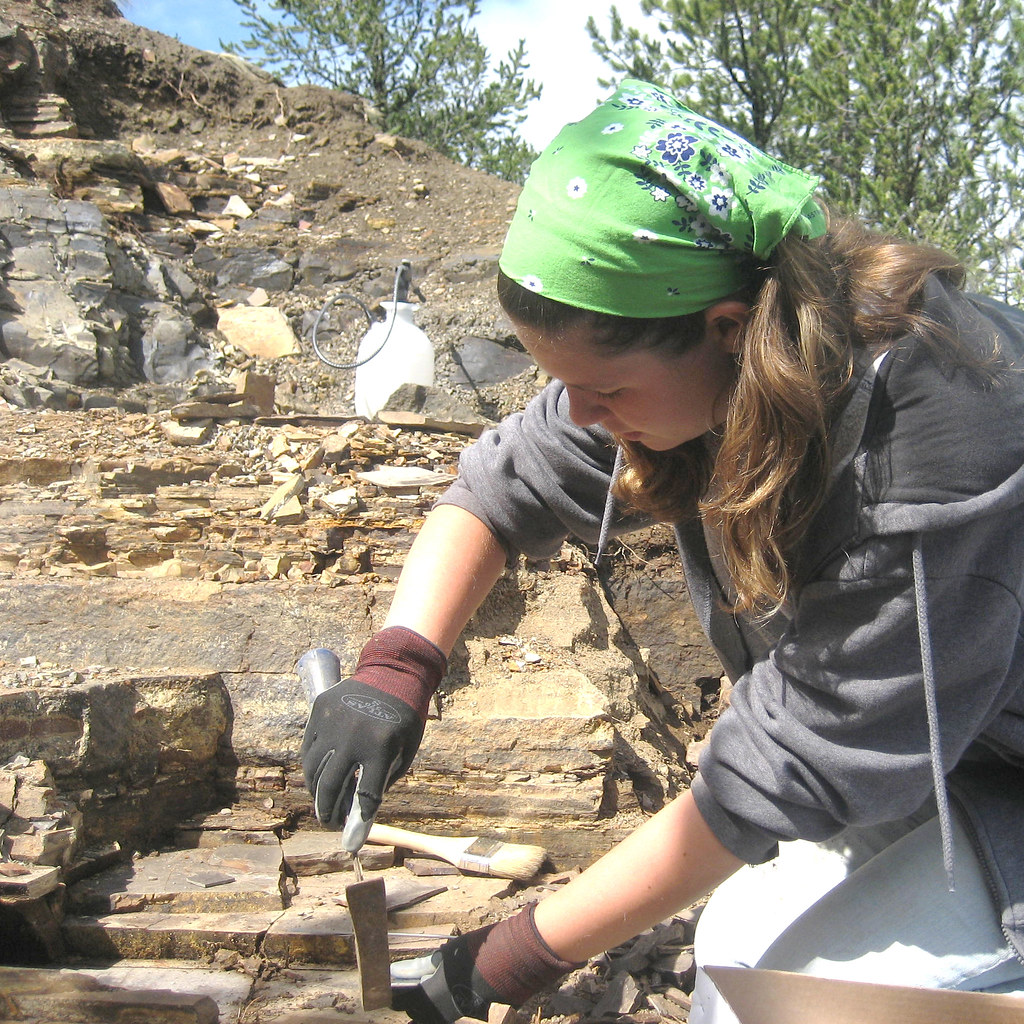
The museum’s ongoing excavation projects promise to yield even more spectacular discoveries in the coming years. New fossil sites continue to be identified throughout Sichuan Province, each potentially harboring species never before known to science. Advanced prospecting techniques, including satellite imagery and geophysical surveys, are helping scientists locate promising fossil deposits more efficiently than ever before.
Emerging analytical techniques will undoubtedly reveal new information from specimens already in the museum’s collection. As technology advances, scientists can extract increasingly detailed information from fossils, potentially uncovering evidence of ancient DNA, detailed metabolic processes, and complex behaviors. The museum’s commitment to cutting-edge research ensures that its collections will continue contributing to scientific knowledge for generations to come.
The Living Legacy of Ancient Giants
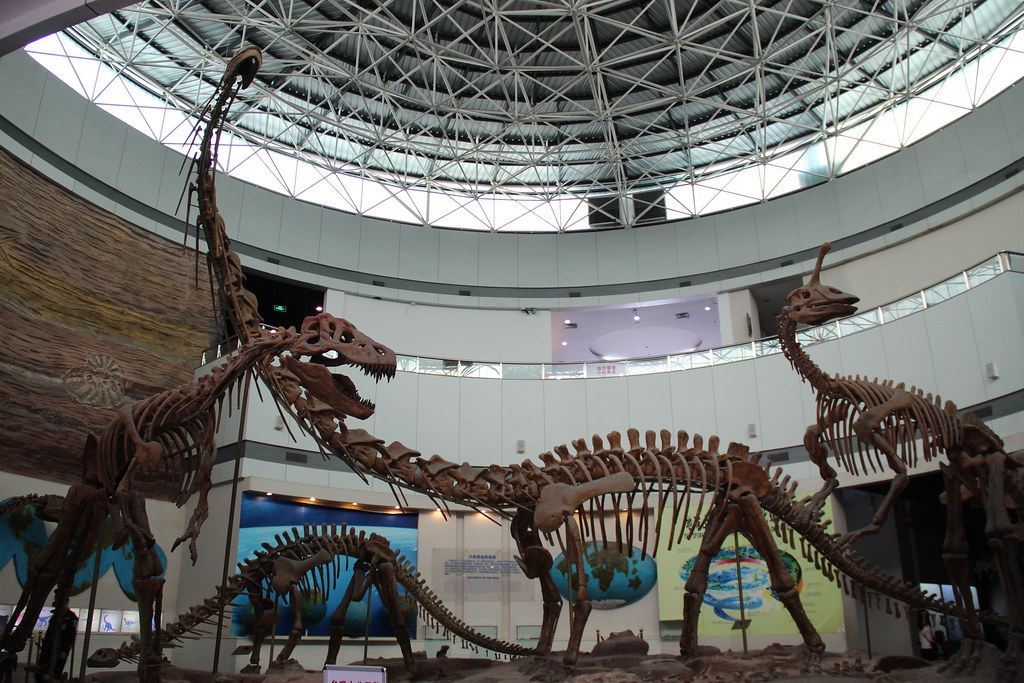
Standing among the towering skeletons and examining the intricate details of creatures that vanished millions of years ago, visitors to Chengdu’s Museum of Natural History experience something profound and transformative. These ancient giants remind us that Earth’s history extends far beyond human experience, encompassing epic stories of survival, adaptation, and extinction that continue to shape our understanding of life itself. The museum serves as both a window into the past and a bridge to the future, where the lessons learned from dinosaur dynasties inform our approach to conservation and environmental stewardship.
The specimens housed within these walls represent more than scientific curiosities – they embody the resilience of life and the importance of preserving our planet’s natural heritage. As we face contemporary environmental challenges, the ancient wisdom preserved in Sichuan’s fossil record offers both sobering warnings and hopeful examples of life’s remarkable ability to adapt and thrive. What secrets might these ancient bones reveal about our own planet’s future?



